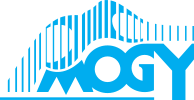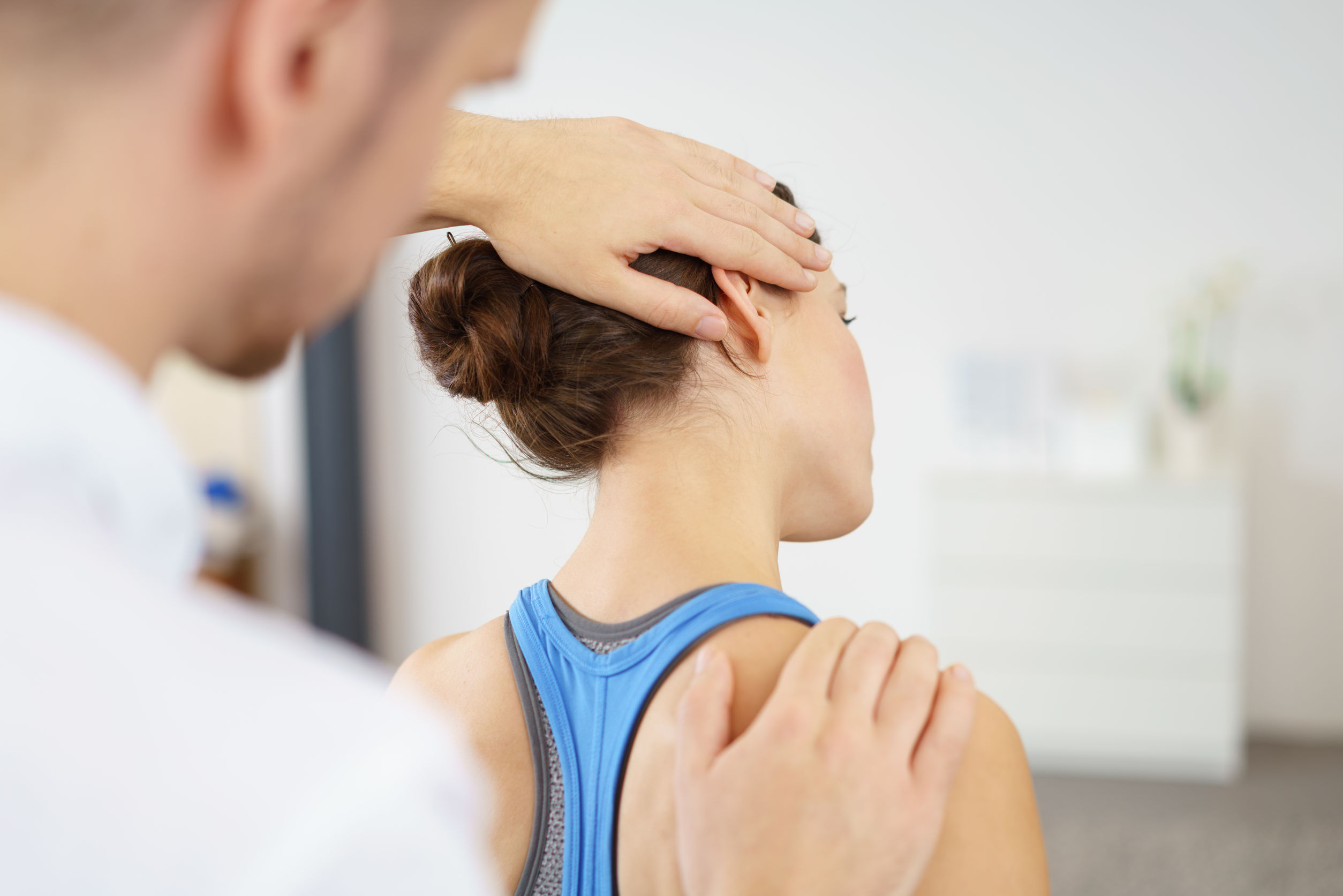You are in good hands.
Manual medicine is a special treatment technique that covers both diagnostics and therapeutic treatment. With it, specialist physicians are very successful in eliminating the symptoms of changes in the spine, joints, muscles, limbs, as well as headaches, dizziness, nausea, problems with internal organs and certain neurological diseases.
The motto of manual medicine is to eliminate pain and its cause without medication and surgery. Its primary purpose is to neutralize or, if this is not possible, successfully alleviate the symptoms that cause problems or pain. The biggest problems nowadays are back pain and neck pain, which are mostly the result of wear and tear and forced posture. A common diagnosis is spinal disc herniation, where treatment with manual medicine is extremely successful, with an average of curing more than a third of patients who have already undergone surgery for such an indication.
Manual medicine is recognized in Slovenia as an official branch of medicine, but only on condition that it is performed by a doctor who has previously completed a specialization in neurology or orthopedics. Specialization of manual medicine cannot be performed in Slovenia, so there are very few specialist physicians in our country, and they come mostly from Russia, where there are also the largest and most advanced manual medicine centers in the world.
What is manual medicine therapy and how does it help
Manual medicine comprises treatment in all three parts of the spine; cervical, thoracic and lumbar, as well as related problems, such as spine pain, especially in the neck and back, joint pain, headaches, dizziness, tinnitus, instability in walking, tingling or numbness of the limbs, muscle pain and much more. Most people over the age of 40 also experience osteochondrosis or compressing of the vertebrae discs, resulting in a loss in intervertebral space. At age 60, most have spondylosis and spondyloarthrosis. The consequences are manifested by decreased mobility and pain in different parts of the body. Most of these problems can be cured very effectively with manual medicine.
During the first appointment, a physician who is a specialist in manual medicine, examines the patient and performs an analysis of any preliminary findings that he/she needs to bring with him/her; neurological examination, manual examination, examination of the spine, motility of the joints, reflexes, muscles, tendons and connective tissue, assessment of posture and movement. Based on the examination, the doctor may decide to continue the treatment. With the help of a detailed medical history, the doctor decides on individual therapy, and if necessary, sends the patient for additional examinations. Manual therapy is safe and painless, and no jerky movements are allowed that could lead to unpleasant pain (i.e., soft manual medicine techniques). Many patients experience a reduction in pain after the first visit, but on average five visits are sufficient to completely relieve the pain of a particular symptom, such as prolonged low back pain.
Effective treatment, satisfied patients.
The success rate of manual medicine treatment is about 80 percent after initial therapy (i.e. 4 to 6 appointments), with 40 percent of patients fully cured, with the same percentage of patients recovering from the main symptoms, and with the remaining 20 percent feeling the progress but usually requiring additional therapies.
MO-GY clinics in Slovenia have been treating patients of all ages since 1991, including children with grade 1 and 2 idiopathic scoliosis. We also treat many top athletes, wherein it is primarily about eliminating symptoms resulting from active training and injuries. Most of our patients, however, are represented by people with problems in different parts of the spine that result from degenerative changes or prolonged forced posture. After successful treatment, we recommend regular check-ups and therapies to maintain health.
How is manual medicine different from chiropractic?
Manual medicine is a type of osteopathic technique for the treatment of the locomotor system and has common roots with the more widely known chiropractic.
It mainly differs from the latter by the following:
- manual medicine specialists must have a high level of medical education, a specialization in a relevant field (physiatry, neurology, orthopedics) and a corresponding specialization in manual medicine;
- manual medicine is a part of official medicine;
- manual medicine is a softer, safe, accurate and effective method of treatment, while chiropractic is characterized by impulsive movements which may result in side effects of treatment;
- by method and type of diagnostics: manual medicine takes into account all the official medicine diagnostics methods or even requires them;
- by the accompanying massage techniques, where the so-called PIR massage – post-isometric relaxation for relaxation of the spinal muscles is most important.
The most common symptoms and indications that manual medicine specialists successfully treat are the following:
- back pain (neck, chest and lumbar sections),
- pain in the arms and legs,
- feelings of tingling, numbness, powerlessness,
- cramps and pain in the joints,
- chondrosis, osteochondrosis, spondylarthrosis, spondylosis (wear and tear changes),
- irregular curvature of the spine (flattened spinal lordosis, kyphosis, scoliosis),
- reflex syndromes (cervicalgia, cervicobrachialgia, lumbago, lumboischialgia, etc.),
- irritation of the autonomic nervous system vegetative ganglia,
- disorders of circulatory system in the spinal artery,
- spondylolisthesis grades I and II (vertebral displacement),
- protrusion, disc herniation,
- joint arthrosis,
- stereotypic movement disorder,
- conditions after injuries and surgical procedures,
- epicondylitis, carpal tunnel syndrome,
- scoliosis grades I and II,
- headaches, dizziness, insomnia,
- tinnitus, vision impairment.

